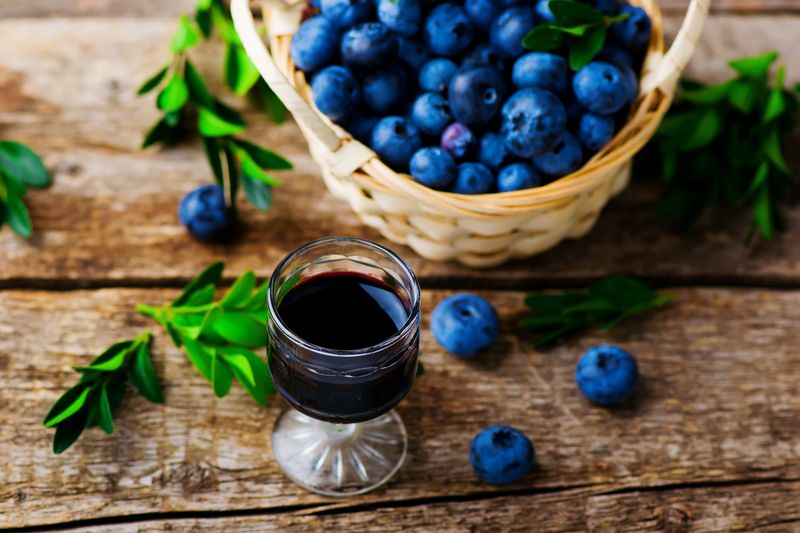Humans have a long history of monogamy. Our ancestors have been coupling off for millennia, but this mating strategy is actually something of an outlier when compared to other species. So why do we do it?
Can monogamy be explained by simple biology? Or is it more complicated than that? As it turns out, the answer seems to be a bit of both. This is the science of monogamy.
Prairie voles: A model of monogamy
While it may be the norm among humans (even though polyamory is on the rise), monogamy is not common in the rest of the animal kingdom – just 3 to 5 percent of mammal species engage in any form of monogamy, for example.
But among them are prairie voles, which have become a model of monogamy in pair bond research. Prairie voles are small rodents that form lifelong bonds and share nests with their partners, making them perfect for this kind of study.
However, in this area of research, definitions of monogamy may not look exactly like our own – many studies use the term “social monogamy”, which is characterized by animals cohabitating in male-female pairs, remaining together after mating, and jointly defending resources. In social monogamy, less focus is placed on sexual exclusivity and more on the formation of lasting bonds, to better reflect the behaviors of the animals involved.
The biochemical basis of monogamy
Prairie vole research has shed some light on the biological mechanisms that may underpin monogamy in this species. Studies have identified certain hormones and their receptors that shape social connectedness, namely vasopressin and oxytocin.
Oxytocin is often called the “love hormone”, but it also plays an important role in regulating birth, lactation, and maternal care. Studies in prairie voles have demonstrated that the hormone plays a role in the development of the pair bond in females.
For example, inhibiting its receptor has been found to block the development of partner preference, while stimulating the receptor by infusing oxytocin into the brain has been shown to facilitate it. Some studies suggest this effect is specific to females, although others identify similar effects in both sexes.
Vasopressin, meanwhile, is crucial to pair bonding in both male and female voles. It is also present in other, more promiscuous species of vole, but these have fewer vasopressin receptors (as well as oxytocin receptors), particularly in the dopamine reward system – this could explain why prairie voles are particularly keen on monogamous bonding.
In a 2004 study, researchers delivered an extra copy of the vasopressin receptor gene into the brains of nonmonogamous meadow voles, finding that they developed increased partner preference, which is highly unusual.
Other studies have attempted to inhibit the vasopressin receptors, finding that, when they did so, mating-induced pair bonding was prohibited, whereas administration of vasopressin provoked pair bonding.
Hormones have a lot to answer for when it comes to monogamy – and not necessarily just for voles. In humans, oxytocin also plays a role in bonding, although there’s still a lot we don’t know about the roles of hormones in human monogamy.
The genetic basis?
Some studies have suggested a genetic basis for monogamy, even in humans. Back in 2008, researchers in Sweden found evidence of variation in a specific section of the vasopressin receptor gene. Men can have between zero and two copies of this section, and the team found that those with more copies scored worse on a measure of pair bonding.
An animal study from 2019 looked at 10 species of vertebrates, comparing gene expression in the brains of males who were monogamous to a close relative who wasn’t. They identified similar changes in gene expression each time, hinting at a potential “genetic formula” for monogamy. However, the researchers couldn’t confirm whether this was also applicable to human monogamy.
All in all, the science of monogamy is complex. There may be a fair bit that we do know (in animal models at least), but there are still many unanswered questions. And in all likelihood, there is no single, simple biological explanation.
As one review article puts it: “Although there is consistency in the necessary ingredients, it is likely that there is no single recipe for social monogamy.”
All “explainer” articles are confirmed by fact checkers to be correct at time of publishing. Text, images, and links may be edited, removed, or added to at a later date to keep information current.




